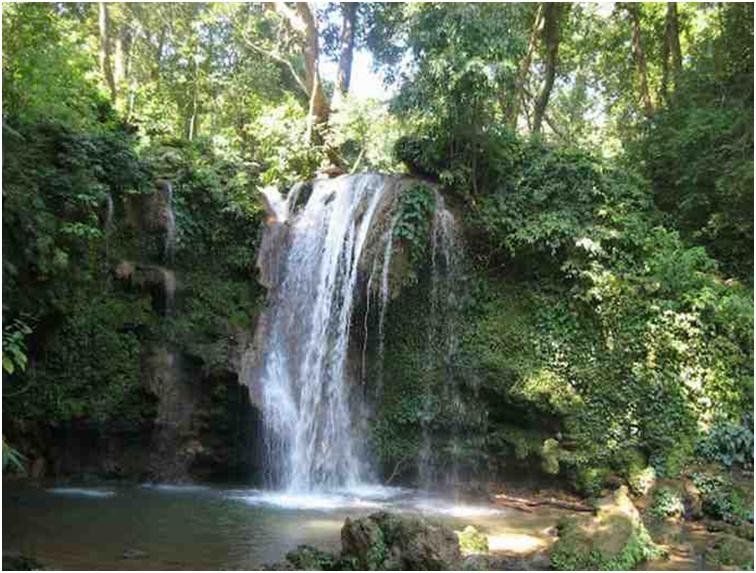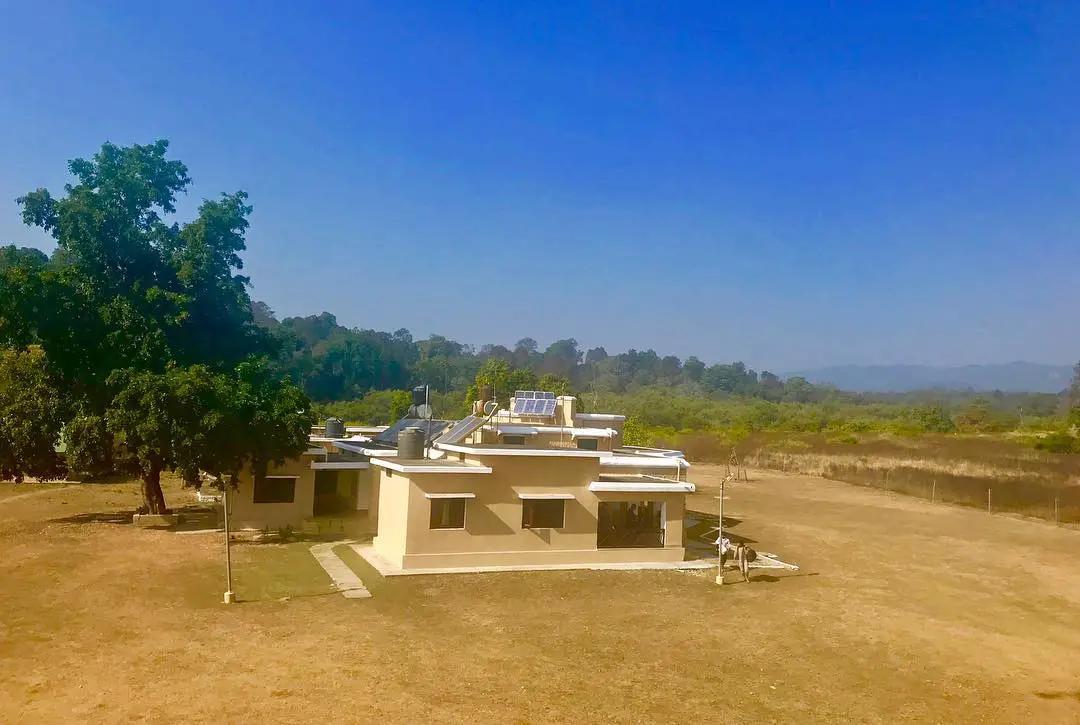Jim Corbett national park – A complete travel Guide

By Hustle
15 Nov, 2022


Weekend Thrill is aimed at providing you with the best and most accurate information on the places that you wish to visit. Our Jim Corbett travel guide provides you with up to date information which will help you to prepare for your next big trip.
Jim Corbett travel guide blog:
Jim Corbett national park is the oldest established national park and animal sanctuary in India. Originally named as the Hailey national park, it was renamed to Jim Corbett national park in 1957 to honor his contributions in creating the national park. This park is under the Save the tiger initiative.

Source : corbettnationalpark.in
Jim Corbett national park is an ecotourism destination that is very popular with tourists as it houses more than 488 different species and subspecies of flora and fauna. Dense moist deciduous forest mainly consisting of sal, haldu, peepal, rohini and mango trees. Forest covers almost 73% of the park, 10% of the area consists of grasslands. It houses around 110 tree species, 50 species of mammals, 580 bird species and 25 reptile species.
[maxbutton id=”1″]
History of Jim Corbett national park :

The area of Jim Corbett national park were already a huge forest. The decline of the forest saw the death of many species of flora and fauna. Efforts to save the forest were started by in the 19th century by Major Ramsay, the British officer who was in-charge of that area. In the early 1900s, several Britishers, including E. R. Stevans and E. A. Smythies, suggested the setting up of a national park on this soil.
It was only in 1930, that the British government took the help of Jim Corbett, who used his influence to establish the park. A reserve area by the name of Hailey national park was created, marking the first ever national park in Asia. The reserve was later renamed to Jim Corbett national park to honor his contributions in the creation of the park.
It was chosen as the headquarters for launching the drive called as Project Tiger, a drive to save the endangered Bengal tiger. Since then the numbers of Bengal Tigers have improved. Corbett National Park is one of the thirteen protected areas covered by the World Wide Fund For Nature under their Terai Arc Landscape Program. The reserve is administered from its headquarters in the district of Nainital.
Geography of Jim Corbett national park :
The altitude of the region ranges between 360 meters and 1,040 meters. It has numerous ravines, ridges, minor streams and small plateaus with varying aspects and degrees of slope. The park encompasses the Patli Dun valley formed by the Ramganga river. It protects parts of the Upper Gangetic Plains moist deciduous forests and Himalayan subtropical pine forests ecoregions. It has a humid subtropical and highland climate.
The present area of the reserve is 1,318.54 square kilometres including 520 square kilometres of core area and 797.72 square kilometres of buffer area. The core area forms the Jim Corbett National Park while the buffer contains reserve forests (496.54 square kilometres) as well as the Sonanadi Wildlife Sanctuary (301.18 square kilometres).The reserve, located partly along a valley between the Lesser Himalaya in the north and the Shivaliks in the south, has a sub-Himalayan belt structure.
Climate in Jim Corbett national park :
Jim Corbett national park closes from mid-June to mid-September as the rainy season is also the mating season for most of the animals. Summer season starts from March and lasts till June. The temperature reaches a maximum of 40 degrees and the recorded minimum was 30 degrees. The scorching heat of the summer season makes its unbearable for the animals as well as the inhabitants.
The ideal season to visit Jim Corbett national park is after rainy season before the summer season. The best months to plan your visit to Jim Corbett national park is from December to February. The temperature reaches a pleasant maximum of 20 degrees and a cold minimum of 5 degrees during these months. It is easier to spot animals in the winter season.
How to reach Jim Corbett national park :

By air :
The closest airport to Jim Corbett national park is the Pantnagar airport. It is located at a distance of 50 kilometers away from Jim Corbett national park and one can hail a taxi to reach Jim Corbett national park from the airport. This airport is well-serviced by Air India flights.
By road :
Jim Corbett national park is located at a distance of 290 kilometers from the national capital Delhi. It takes about 5 hours to reach Jim Corbett national park from Delhi. An extensive system of roads also ensure connectivity to Nainital, Haridwar and Dehradun. Volvo and regular buses offer transfers to Jim Corbett national park from these cities. One can also drive down to Jim Corbett national park on their own vehicle.
By rail :
The nearest railway station to Jim Corbett national park is the Kotdwar railway station. Trains come in frequently to Kotdwar railway station from Delhi and the other cities of Uttarakhand. One can hail a taxi to reach Jim Corbett national park from Kotdwar railway station.
[maxbutton id=”1″]
Things to see and to do in Jim Corbett national park :
Have a picnic near the Corbett falls :

Source : .corbettnationalpark.in

Corbett falls is a scenic waterfall which is located at a distance of 25 kilometers from Ramnagar. This water is a perfect destination to just hang out and listen to the sounds of the waterfall mixed with the sounds of the birds.
Locate tigers at Bijrani :
Source : 99uttarakhand.in
Dhangadi gate is a major attraction in Jim Corbett national park. It is also a major entry point for patrons going into Dhikala range of Corbett national park. Dhangadi gate is the best option for patrons who want to spend the night in the national park.
Visit the Corbett museum :




.jpg%2Fpexels-arina-krasnikova-6218743%20(2)-1710484570364.jpg&w=2048&q=75)





